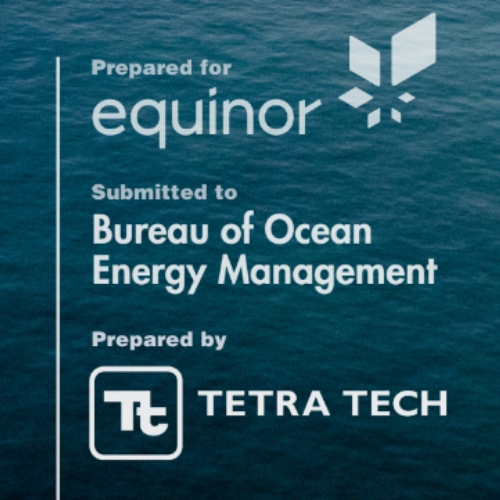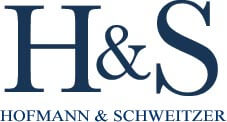
Executive Summary
Empire Offshore Wind LLC (Empire) proposes to construct and operate an offshore wind farm located in the designated Renewable Energy Lease Area OCS-A 0512 (Lease Area). The Lease Area covers approximately 79,350 acres (ac; 32,112 hectares [ha]) and is located approximately 14 statute miles (mi) (12 nautical miles [nm], 22 kilometers [km])1 south of Long Island, New York and 19.5 mi (16.9 nm, 31.4 km) east of Long Branch, New Jersey. The Lease Area was awarded through the Bureau of Ocean Energy Management (BOEM) competitive renewable energy lease auction of the Wind Energy Area (WEA) offshore of New York. 2 The Project Overview is shown in Figure ES-1.
Empire proposes to develop the Lease Area in two wind farms, known as Empire Wind 1 (EW 1) and Empire Wind 2 (EW 2) (collectively referred to hereafter as the Project). Both EW 1 and EW 2 are covered in this Construction and Operations Plan (COP). EW 1 and EW 2 will be electrically isolated and independent from each other. Each wind farm will connect via offshore substations to separate Points of Interconnection (POIs) at onshore locations by way of export cable routes and onshore substations. In this respect, the Project includes two onshore locations in New York where the renewable electricity generated will be transmitted to the electric grid.
The purpose of the Project is to generate renewable electricity from offshore wind farms located in the Lease Area to address the need identified by New York for renewable energy and help the State of New York Public Service Commission achieve its renewable energy goals.

Empire has adopted a Project Design Envelope (PDE) approach to describe Project facilities and activities. A PDE is defined as “a reasonable range of project designs” associated with various components of the project (e.g., foundation and wind turbine generator [or wind turbine] options) (BOEM 2018). The design envelope is then used to assess the potential impacts on key environmental and human use resources (e.g., marine mammals, fish, benthic habitats, commercial fisheries, navigation, etc.) focusing on the design parameter (within the defined range) that represents the greatest potential impact (i.e., the “maximum design scenario”) for each unique resource (BOEM 2017). The primary goal of applying a design envelope is to allow for meaningful assessments by the jurisdictional agencies of the proposed project elements and activities while concurrently providing the Leaseholder reasonable flexibility to make prudent development and design decisions prior to construction.
Download Full PDF for more information.
